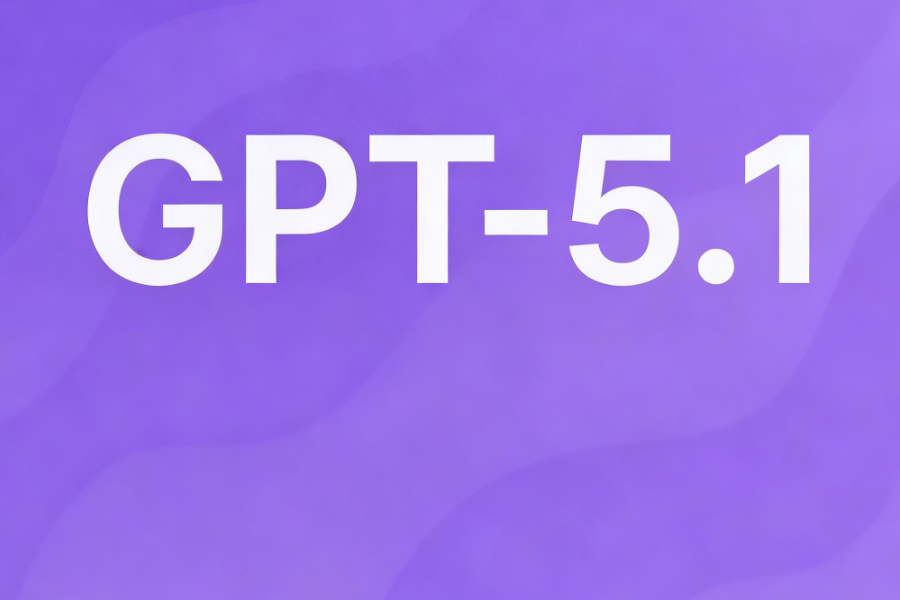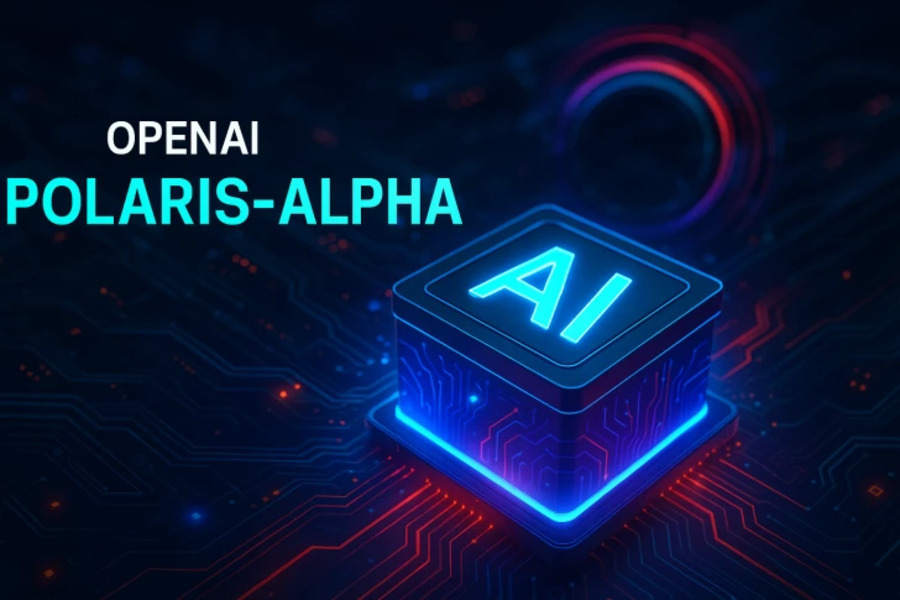In a world with over 7,000 languages, more than 95% have long been overlooked by mainstream AI speech technologies. Meta’s newly released Omnilingual ASR system aims to change that, breaking what many call the “elite monopoly” in language technology. For the first time, high-accuracy speech recognition is available for 1,600 languages—including many low-resource and endangered ones—thanks to a revolutionary context-based learning mechanism that allows the AI to quickly adapt to new languages with just a few audio samples.
This open-source system is not only a technical breakthrough but also represents a step toward digital equity, bringing marginalized and endangered language communities to the forefront of the AI era.
What is Meta Omnilingual ASR
While traditional speech recognition systems have largely focused on widely spoken languages such as English, Mandarin, and Spanish, Meta’s Omnilingual ASR extends its reach to underserved linguistic communities worldwide.
Testing reveals that the system achieves a word error rate (WER) below 10% for 36% of its supported low-resource languages—despite extremely limited training data. Overall, 78% of the 1,600 languages included show significantly improved recognition accuracy.
These results surpass any existing multilingual ASR system and make reliable speech technology accessible to communities that have historically been excluded—such as tribal groups in Africa, Indigenous populations in South America, and ethnic minorities across Southeast Asia.
Read More: Meta AI Launches MobileLLM-R1
Key Features of Meta Omnilingual ASR

The core innovation behind Omnilingual ASR is its few-shot learning capability. By leveraging meta-learning, the system can adapt to a new language with only a handful of labeled audio-text examples—typically three to five sentences. This eliminates the need for massive datasets or specialized training pipelines.
As a result, the model theoretically supports more than 5,400 languages—nearly every language with a written record. This scalability offers a technological foundation for preserving global linguistic diversity, especially for languages at risk of disappearing.
Open Source and Community-Driven Development
Rather than keeping the technology confined to research labs, Meta has open-sourced the full model and toolchain. It is also collaborating with dozens of language preservation organizations and local communities worldwide to collect speech data that accurately reflects pronunciation, intonation, and cultural context.
In Papua New Guinea, locals are using the system to record oral histories from elders. In the Himalayas, monks have begun digitizing sacred scriptures through speech. In these contexts, AI is no longer an external tool but a partner in cultural preservation.
Who Should Use Meta Omnilingual ASR
Meta’s Omnilingual ASR technology holds transformative potential for a diverse range of users across multiple sectors. Its unique capacity to handle low-resource languages with minimal data requirements makes it particularly valuable for:
Language Preservationists and Cultural Organizations
Anthropologists, linguists, and cultural heritage organizations working with endangered languages represent a primary beneficiary group. These professionals often operate with limited recordings and scarce textual resources. Omnilingual ASR’s few-shot learning capability enables them to build functional speech recognition systems for language documentation without requiring extensive computational resources or technical expertise. The system is already being deployed by teams documenting oral traditions in remote communities from the Amazon basin to Siberian villages.
Global Technology Companies
Enterprises operating across multiple linguistic markets can leverage this technology to extend their voice-enabled services beyond mainstream languages. From voice assistants in regional dialects to customer service automation in local languages, Omnilingual ASR provides the foundation for truly inclusive global expansion. Companies serving diverse user bases in regions like Southeast Asia and Africa, where linguistic diversity is immense but digital resources are scarce, stand to gain significant competitive advantage.
Educational Technology Providers
EdTech companies can develop personalized learning tools for students speaking minority languages. The technology enables creation of literacy applications, interactive learning platforms, and accessible educational resources that understand and respond to students in their native tongues. This has particular relevance for regions where children learn in local languages before transitioning to national or international languages.
Government and Public Service Agencies
Public sector organizations serving multilingual populations can implement Omnilingual ASR for essential services including emergency response systems, healthcare information hotlines, and legal assistance programs. The technology ensures that language barriers don’t prevent access to critical services, particularly important for refugee integration programs and support for indigenous communities.
Final Words on Meta Omnilingual ASR
The significance of Omnilingual ASR goes beyond technical metrics. It marks a shift in AI—from serving mainstream users to empowering marginalized groups, and from a tech-centric approach to one that embraces cultural inclusion.
With this release, Meta not only strengthens its leadership in multimodal AI but also redefines the social responsibility of tech companies. True innovation, it turns out, means ensuring that even the most silent voices are heard.



